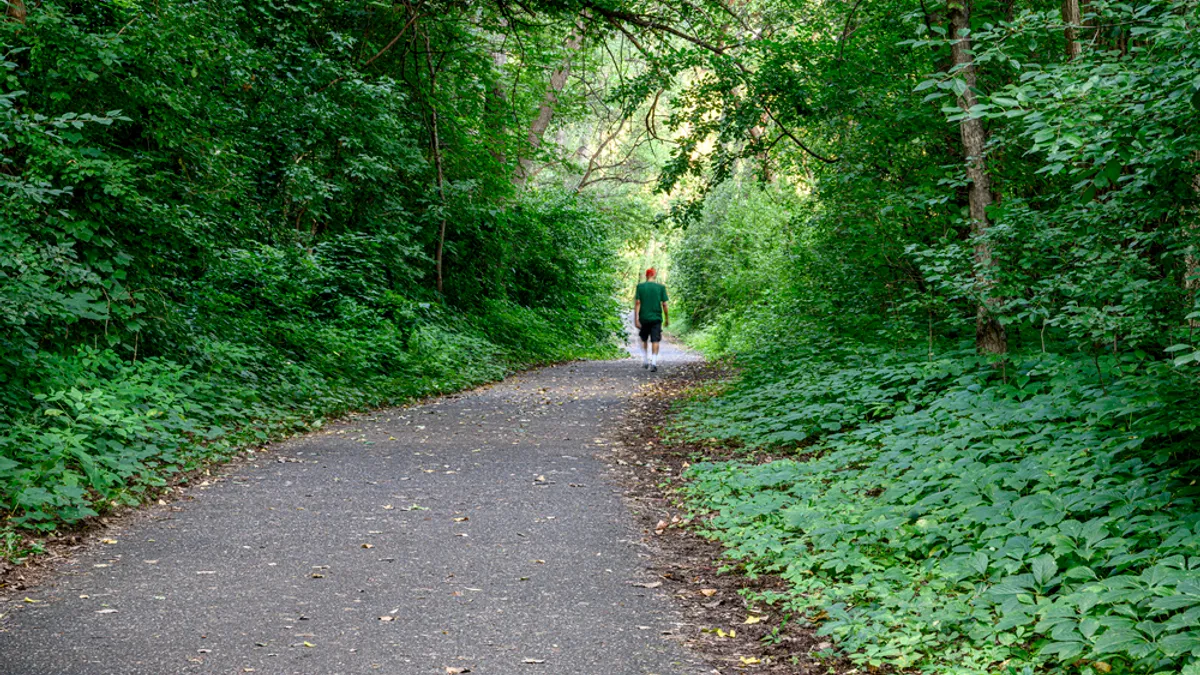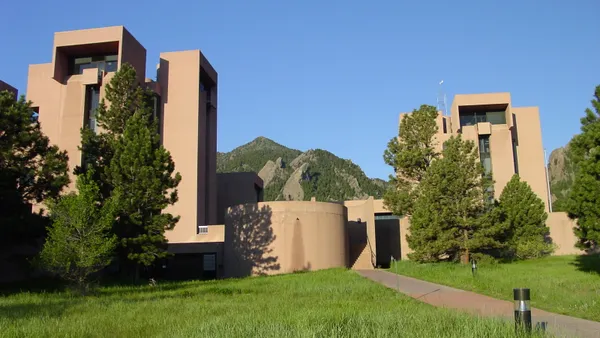Dive Brief:
- Cities need to diversify the funding sources used to care for forested natural areas, which are “a critical but underfunded class of urban green infrastructure,” says a report published last week by the New York City-based Natural Areas Conservancy.
- The report suggests new financing approaches including revolving funds for urban forestry, selling carbon credits and collaborating with conservancies to establish forest maintenance endowment funds.
- “Without dedicated funding, forested natural areas are at risk of degradation, potentially leading to a loss of ecosystem services and social benefits for city residents,” says the report.
Dive Insight:
Forested natural areas are distinct from the trees that line streets and dot parks, according to the Natural Areas Conservancy. They “look and feel like the woods” and offer cooling, biodiversity and recreation benefits, the report says. These areas are also typically one of the few ways low-income residents get to experience “high-quality nature in cities,” it says.
These areas often get proportionally less funding than other areas of green space, the Natural Areas Conservancy argues, It highlighted a 2019 survey of 11 cities that found that less than 4% of municipal parks’ budgets on average are dedicated to caring for natural areas, even though they often make up a majority of cities’ parkland.
The report hypothesizes that these areas are underfunded because people think that natural areas are not essential public infrastructure and mistakenly believe urban forests can take care of themselves. The public and private sector also tends to fund one-time tree planting efforts rather than long-term maintenance, the report says. Other urban forestry experts have also warned cities against planting trees without a plan to maintain them.
The report looks at creative ways that cities across the U.S. are funding natural forested areas. In Houston, for example, a riparian area was restored through a state program that connects corporate funders that have sustainability goals with urban forestry projects. However, funders still prioritize planting projects over maintenance and management, the report says.
A regional government agency in Oregon has used ballot measures to authorize the use of millions of dollars in bonds for parks and nature, while other cities are leveraging federal urban forestry grants.
Meanwhile, Hillsborough County in Florida enrolled a more than 5,200-acre property in a carbon credit project, the report says. The trees in that area are protected from removal for the next 40 years, and the county is selling credits at a price of $10.05 each. The project is estimated to generate about $1.5 million for the county over seven years. Also in Florida, Gainesville traded timber for free labor: The city wanted to restore an ecosystem that had become dominated by other trees in response to years of fire suppression. Instead of paying for the unwanted trees to be removed, they gave the wood away for free to the contractors who removed them.
The Natural Areas Conservancy lauded the carbon credit and timber trading approaches as innovative but warned that they are “a one-time transaction that provides an influx of money, perhaps useful to accomplish one specific project, but it is not a funding stream that can sustain forest management over the long term.”
Philadelphia, which was not highlighted in the report, is taking another approach to funding urban forestry work: by milling dead or fallen trees into wood that can be sold. That project, a partnership with private company Cambium, began earlier this year.













